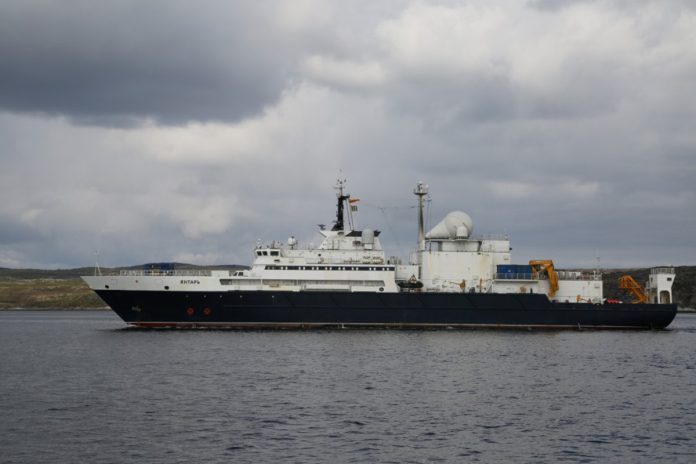
How close can a foreign military vessel approach before it becomes an issue of national security? On October 29, 2025, the U.S. Coast Guard detected the Russian Navy’s Auxiliary General Intelligence ship Kareliya just 15 nautical miles south of Oahu. This Vishnya-class signals intelligence vessel, operating without AIS transmission, was shadowed by Coast Guard aircraft and cutters in what officials described as a “safe and professional” monitoring mission.
The incident is part of an increasing pattern by Russia of military presence near U.S. and allied waters, from the Pacific to the North Sea. Also, it points out the evolution of how NATO coordinates, maritime surveillance technology, and strategic locations like Hawaii and the Baltic Sea fit into place. The following are nine key takeaways from this latest encounter and its wider geopolitical context.

1. The Kareliya’s proximity to U.S. territorial waters
Kareliya’s position, about 15 nautical miles south of Oahu, put it just outside the U.S. territorial sea limit under international law. That boundary stretches 12 nautical miles out from shore, a line beyond which foreign military ships can operate without infringing on another country’s sovereignty. But given that Hawaii is headquarters to the U.S. Pacific Fleet, the 3rd Marine Littoral Regiment, and the Pacific Missile Range, such operations are no less sensitive. Coast Guard officials underscored that the response was based on international law, but the location is a particular concern given the concentration of strategic assets in the region. The pattern for the vessel’s loitering mimics previous appearances in 2021 and 2022, pointing to an intelligence-gathering mission.
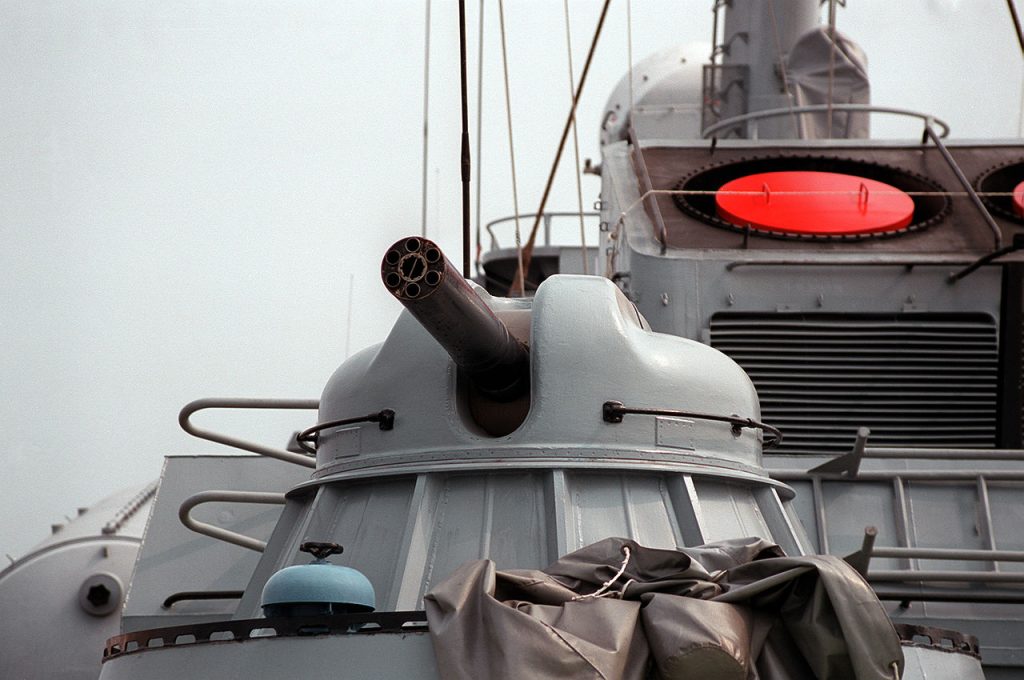
2. Signals Intelligence Capabilities of Vishnya-Class Ships
The Vishnya-class ships were built in the late Soviet period for extensive signals intelligence collection. With satellite link antennas, advanced sensors, and communications interception systems, they were designed to monitor military communications, radar emissions, and other electronic signatures. Beyond intelligence gathering, they are fitted with two AK-630 close-in weapon systems and SA-N-8 surface-to-air missile launchers for self-defense. Completed in 2017, the Kareliya underwent a three-year refit, upgrading its systems to modern standards. Such capabilities make it a potent surveillance platform, especially when positioned near high-value military installations.
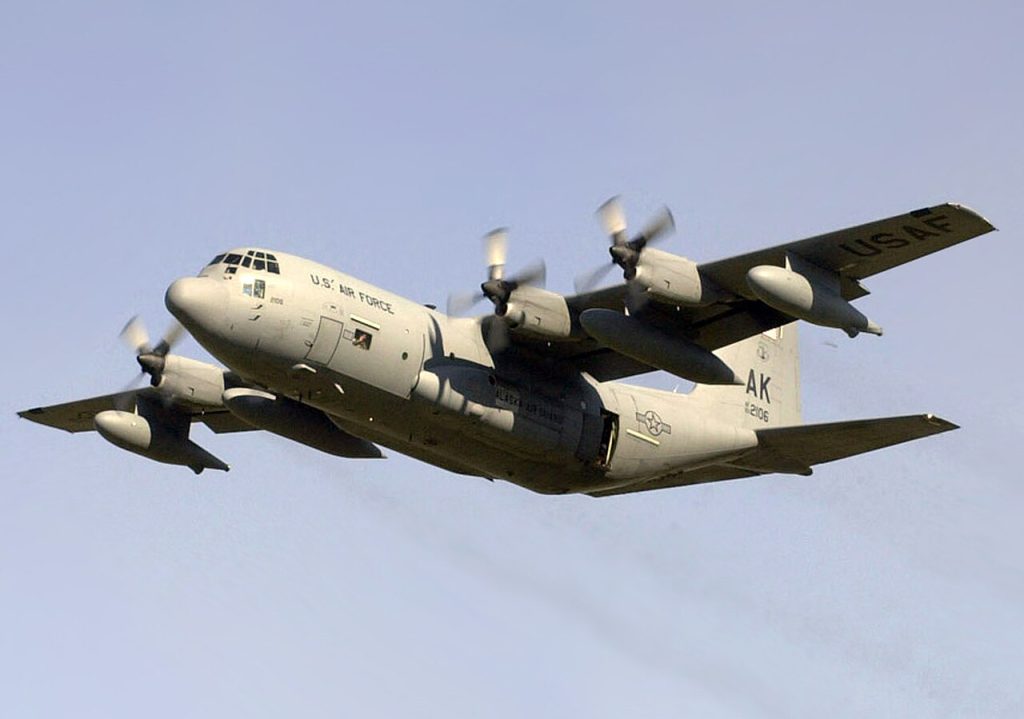
3. Coast Guard’s Role in Maritime Security
Instead of sending a Navy warship, the US sent the HC-130 Hercules from Air Station Barbers Point and fast response cutter USCGC William Hart. The decision represents the dual role of the Coast Guard in the defense of the homeland and in enforcing the laws of the sea. Captain Matthew Chong, chief of response for the Coast Guard Oceania District, said: “Working in concert with partners and allies, our crews monitor and respond to foreign military vessel activity near our territorial waters to protect our maritime borders and defend our sovereign interests.” The operation demonstrated the Coast Guard’s capacity to project presence without escalating tensions.

4. PATTERN OF RUSSIAN NAVAL ACTIVITY NEAR U.S. SHORES
The visit of Kareliya is not an isolated event. Sister ships like Viktor Leonov have operated off the U.S. East Coast between 2014 and 2020, sometimes accused of unsafe practices, such as sailing without running lights and ignoring VHF hails from commercial vessels. These repeated deployments reflect a sustained Russian interest in monitoring U.S. military and commercial maritime activity. The strategic location of Hawaii in the Indo-Pacific creates an ideal target for such intelligence missions.

5. NATO’s First Direct Command Over Royal Navy Interception
In October, NATO Allied Maritime Command directed the Portsmouth-based HMS Duncan to shadow the Russian destroyer Vice Admiral Kulakov in the North Sea and English Channel. This was the first time a Royal Navy warship operated directly under NATO command for such a mission. Coordinated support in the operation came from the Dutch Air Force and the French Navy, further reflecting the integrated approach of the Alliance to issues of maritime security. According to Commander Dan Lee of HMS Duncan, this mission is significant because it showed “the strength of our alliance and our ability to respond collectively to any activity in our region.”
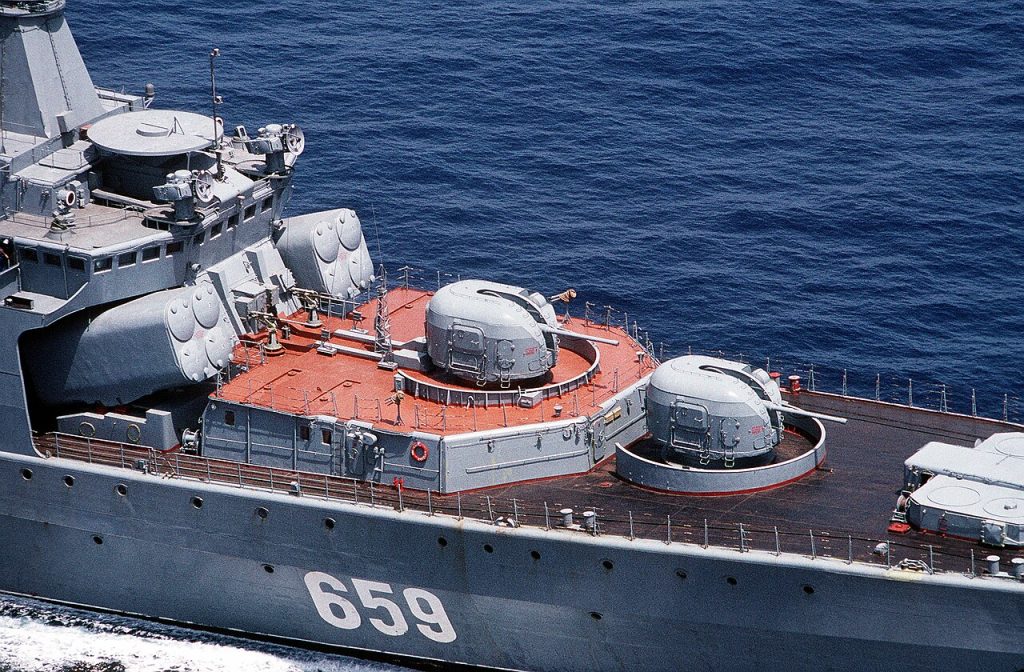
6. Capabilities of the Vice Admiral Kulakov
Commissioned in 1981, the Vice Admiral Kulakov is an anti-submarine Udaloy-class destroyer displacing 6,200 tons and measuring 163 meters in length. The vessel is armed with Kinzhal surface-to-air missiles, AK-100 naval guns, AK-630M close-in weapon systems, RBU-6000 rocket launchers, Rastrub-B anti-submarine systems, torpedoes, and naval mines, and is capable of carrying two Ka-27 helicopters. Such armament allows it to perform missions in a multirole manner-from anti-submarine to air defense-which makes its appearance in NATO-monitored waters an event of great operational significance.
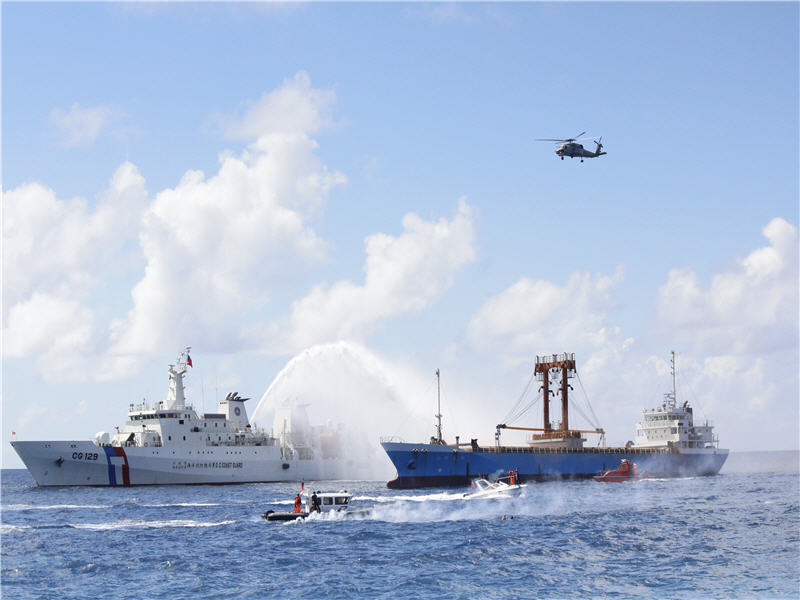
7. Hybrid Warfare Concerns in the Baltic
European defense officials have raised alarms over the mysterious drone sightings and suspected Russian sabotage of undersea data cables in the Baltic Sea, carrying trillions of dollars in daily financial transactions critical to global economic stability. According to Swedish submarine flotilla Commander Paula Wallenburg, the situation is now “pretty close to” Cold War conditions: “We’re not at peace, but not at war. We’re somewhere in between.” Such activities are part of a broader hybrid warfare strategy to test NATO’s resilience.

8. Strategic Importance of Hawaii in Indo-Pacific Defense
Hawaii provides a forward operating base for the projection of U.S. military power in the Pacific. Hosting the headquarters of the U.S. Pacific Fleet, it coordinates naval operations across the Indo-Pacific, from deterrence missions to joint exercises with allies. The presence of a foreign intelligence vessel near these installations raises operational security concerns. Intelligence from such locations could inform adversary strategies in times of crisis.
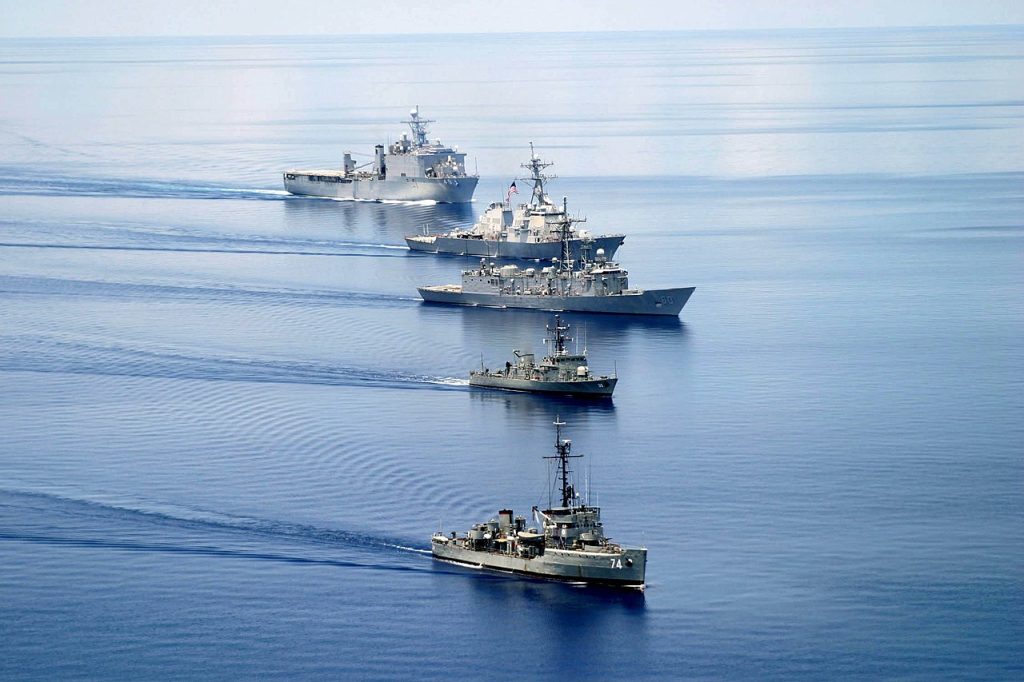
9. Legal Framework Governing Foreign Military Vessels
Under customary international law, foreign military vessels can transit and operate beyond another nation’s territorial seas, extending out to 12 nautical miles from shore. It is on the basis of this legal principle that the Kareliya can be there, just beyond U.S. waters, without constituting a breach. However, such operations are closely checked to ensure they do not threaten national security. The U.S. response reflects a balance between adhering to international norms and safeguarding sovereign interests.
The appearance of the Kareliya off Hawaii forms part of a wider pattern of Russian maritime activity near U.S. and allied waters, one that cuts across NATO’s evolving operational posture and concerns over hybrid warfare. International law provides a framework for the conduct of such encounters, but the strategic realities demand constant vigilance. What happened is a reminder that maritime borders are not lines on maps but frontlines in a global contest for intelligence, influence, and security.
